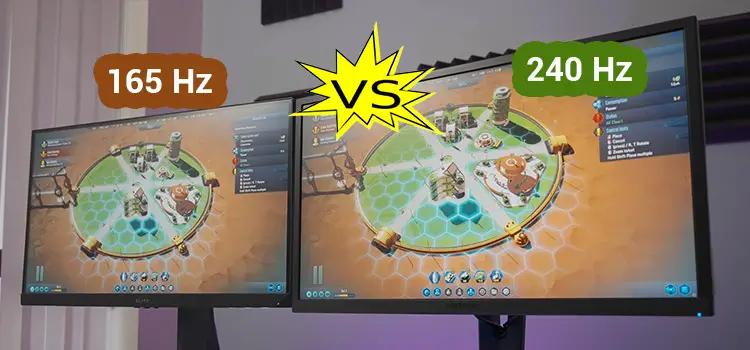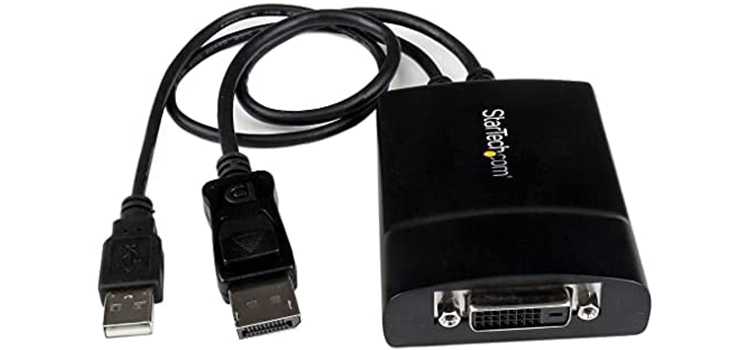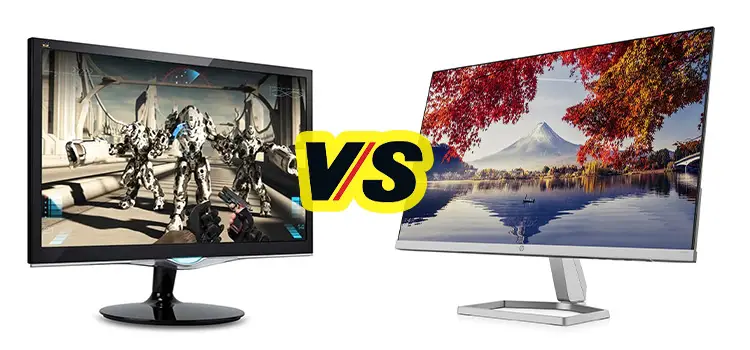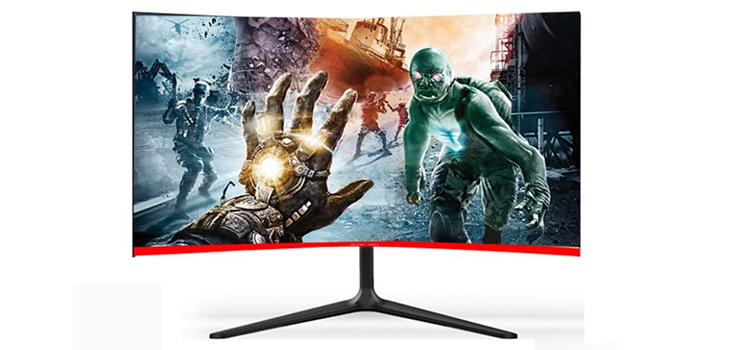720p AMOLED vs 1080p IPS | Choosing the Right Display Technology
If you’ve ever shopped for a new smartphone, tablet, or television, you’ve likely encountered a choice between two popular display technologies 720p AMOLED and 1080p IPS. These terms might sound like tech jargon, but fear not; we’re here to demystify them for you in a way that’s both informative and a tad lighthearted. So, sit back, relax, and let’s dive into the world of screens!

What are the Differences between 720p AMOLED and 1080p IPS?
The choice between a 720p AMOLED (Active Matrix Organic Light Emitting Diode) display and a 1080p IPS (In-Plane Switching) display depends on your priorities and specific use cases. They have differences between some notable differences between 720p AMOLED and 1080p IPS. Here is a difference table between them.
| Aspect | 720p AMOLED | 1080p IPS |
| Resolution | 1280×720 pixels (HD) | 1920×1080 pixels (Full HD) |
| Display Technology | AMOLED | IPS |
| Colors and Contrast | Vibrant colors, deep blacks | Good color accuracy, wide viewing angles |
| Response Times | Fast | Generally fast |
| Burn-in Risk | Susceptible to burn-in over time | Less susceptible to burn-in |
| Color Accuracy | May not be as color-accurate | Typically offers good color reproduction |
| Viewing Angles | Good viewing angles | Wide viewing angles |
| Power Efficiency | Power-efficient with dark content, may consume more power with bright content | Consistent power consumption regardless of content |
| Battery Life | Variable depending on content | More consistent battery life |
| Use Cases | Media consumption, vibrant visuals | Photo editing, graphic design, professional content creation |
| Sharpness and Detail | Good for general use | Excellent for precise detail |
| Price | Typically more affordable | Often slightly more expensive |
Resolution
720p AMOLED – This resolution is 1280×720 pixels, which is considered HD (High Definition). It provides a decent level of clarity and detail for most tasks, but it’s not as sharp as higher-resolution displays.
1080p IPS – This resolution is 1920×1080 pixels, commonly known as Full HD. It offers significantly higher pixel density and sharper image quality, making it better for tasks that require precise details, such as image and video editing, gaming, and watching high-definition content.
Display Technology
AMOLED – AMOLED displays are known for their vibrant colors, high contrast ratios, and deep blacks. They also offer fast response times and are power-efficient when displaying dark content due to individual pixel control. However, they can suffer from burn-in over time and may not be as color-accurate as some IPS panels.
IPS – IPS displays are known for their color accuracy and wide viewing angles. They typically have good color reproduction and are less prone to burn-in. However, they may not achieve the same deep blacks and contrast levels as AMOLED displays.
Battery Life
AMOLED – AMOLED displays can be power-efficient when displaying dark content, as individual pixels can be turned off to achieve true black. However, when displaying bright content, they may consume more power than IPS displays.
IPS – IPS displays generally have more consistent power consumption regardless of the content displayed, which can lead to better overall battery life in some situations.
Use Cases
If you prioritize vibrant colors, deep blacks, and contrast for tasks like watching movies, playing games with rich visuals, or enjoying immersive media consumption, AMOLED may be the better choice.
If you require high resolution and color accuracy for tasks like photo editing, graphic design, or professional content creation, a 1080p IPS display is more suitable.
Which One to Choose between 720p AMOLED and 1080p IPS
Now that you know the basics, the million-dollar question is which one should you choose –
720p AMOLED When Colors Matter Most
- For movie buffs and gamers, If you live for breathtaking visuals and deep, immersive colors, 720p AMOLED is your go-to choice. It’s like having a portable cinema in your pocket.
- Battery-conscious users AMOLED screens are known for their power efficiency when displaying darker colors. So, if you’re constantly on the move, this might save you precious battery life.
- Cost-conscious consumers Devices with 720p AMOLED screens are often more budget-friendly, making them a great option for those looking to save a few bucks.
1080p IPS For the Pixel Enthusiasts
- Detail-oriented individuals If you’re all about sharpness and crystal-clear visuals, 1080p IPS is the way to go. Text, images, and videos will look incredibly crisp.
- Productivity and multitasking The extra resolution means more screen real estate. So, if you’re using your device for work, editing photos, or multitasking, the 1080p IPS display can be a game-changer.
- Long-term investment While they might be a tad pricier, 1080p IPS displays offer a future-proof experience. As content becomes more high-resolution, your screen won’t be left in the dust.
Ultimately, the choice between a 720p AMOLED and a 1080p IPS display depends on your personal preferences, budget, and intended use. If possible, it’s a good idea to compare both displays side by side to see which one aligns better with your needs. Keep in mind that display technology continues to evolve, and higher-resolution AMOLED displays are becoming more common, so you may find options that offer both high-resolution and vibrant colors in the future.
Final Thoughts
In the battle of 720p AMOLED vs. 1080p IPS, there’s no one-size-fits-all answer. Your choice ultimately depends on your preferences and how you use your device. Are you a color connoisseur who craves immersive experiences Go for 720p AMOLED. Do you demand razor-sharp detail and versatility Opt for 1080p IPS.
No matter which side of the screen divide you land on, both technologies have their unique charms. So, before you make a decision, consider what matters most to you and how you’ll be enjoying your device. And remember, the best screen is the one that brings a smile to your face.
Subscribe to our newsletter
& plug into
the world of PC Hardwares


![[Fix] Monitor Shuts off but Computer Stays On (100% Working)](https://www.hardwarecentric.com/wp-content/uploads/2022/12/Monitor-Shuts-off-but-Computer-Stays-On.jpg)



